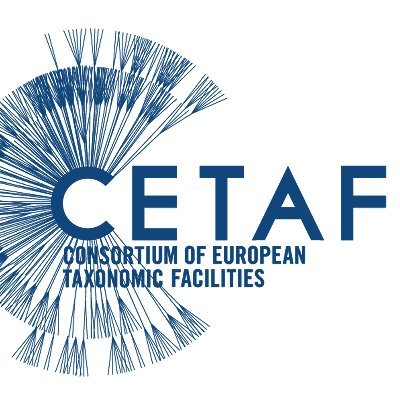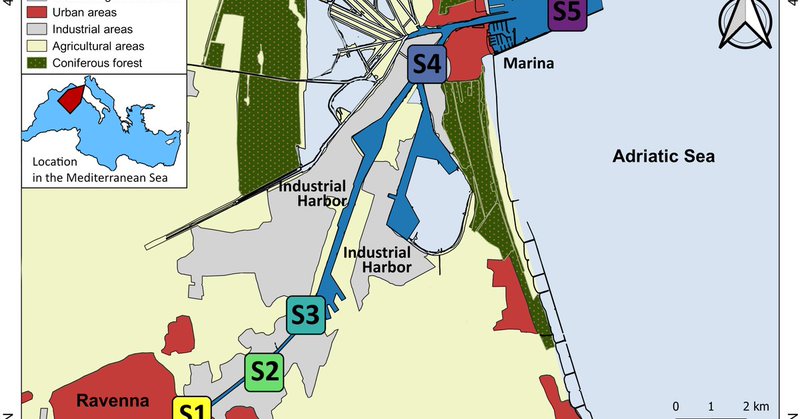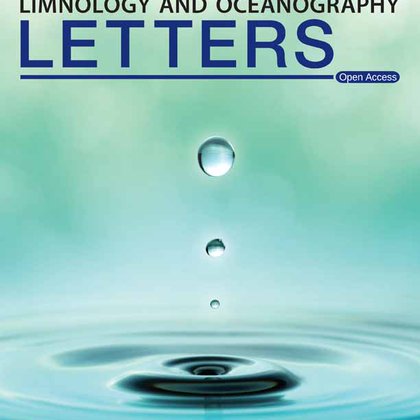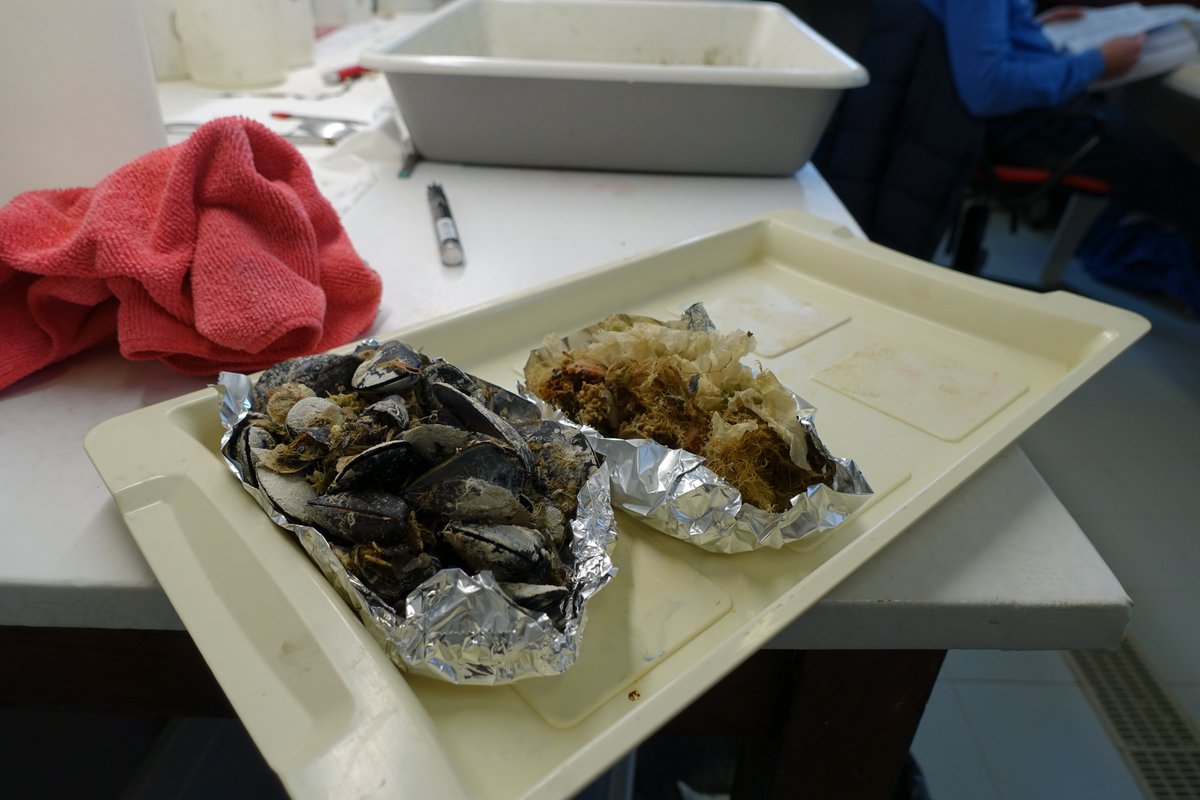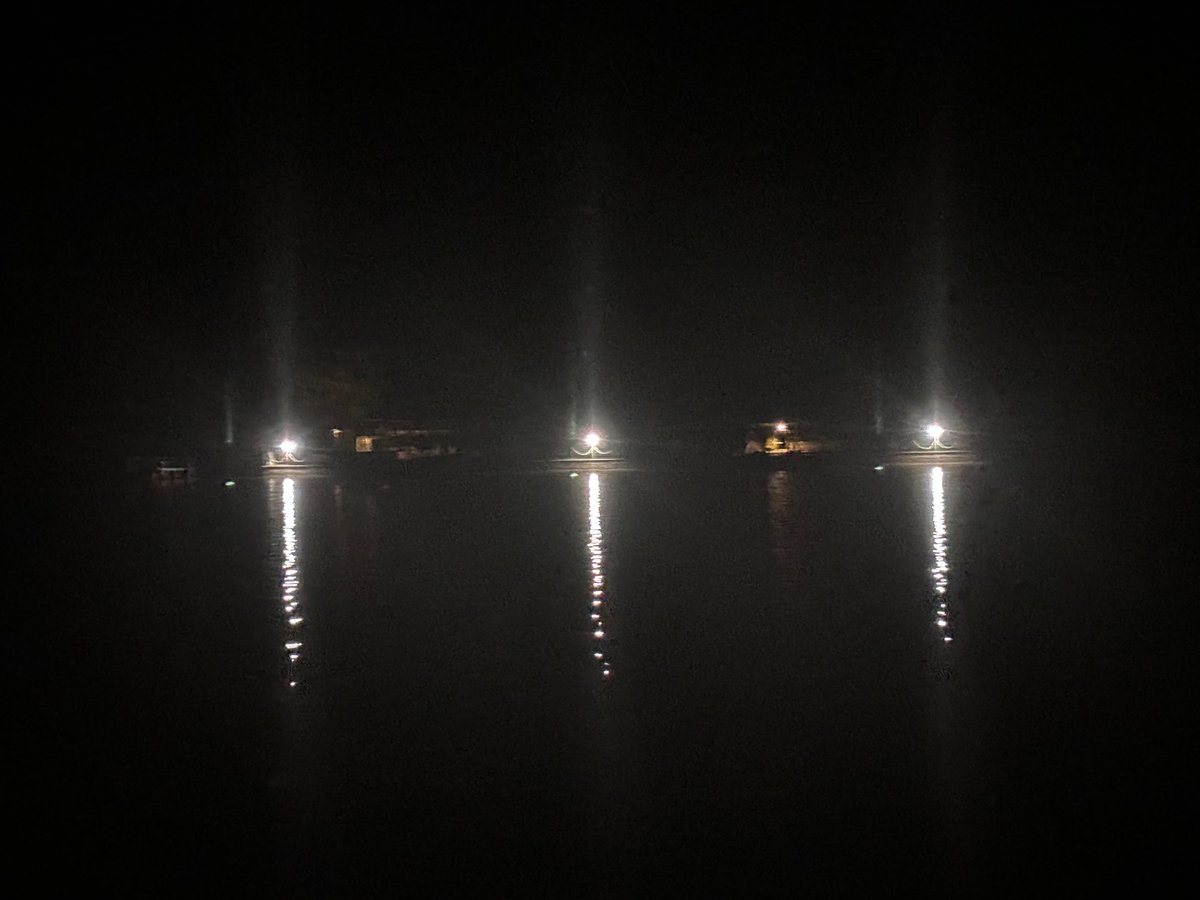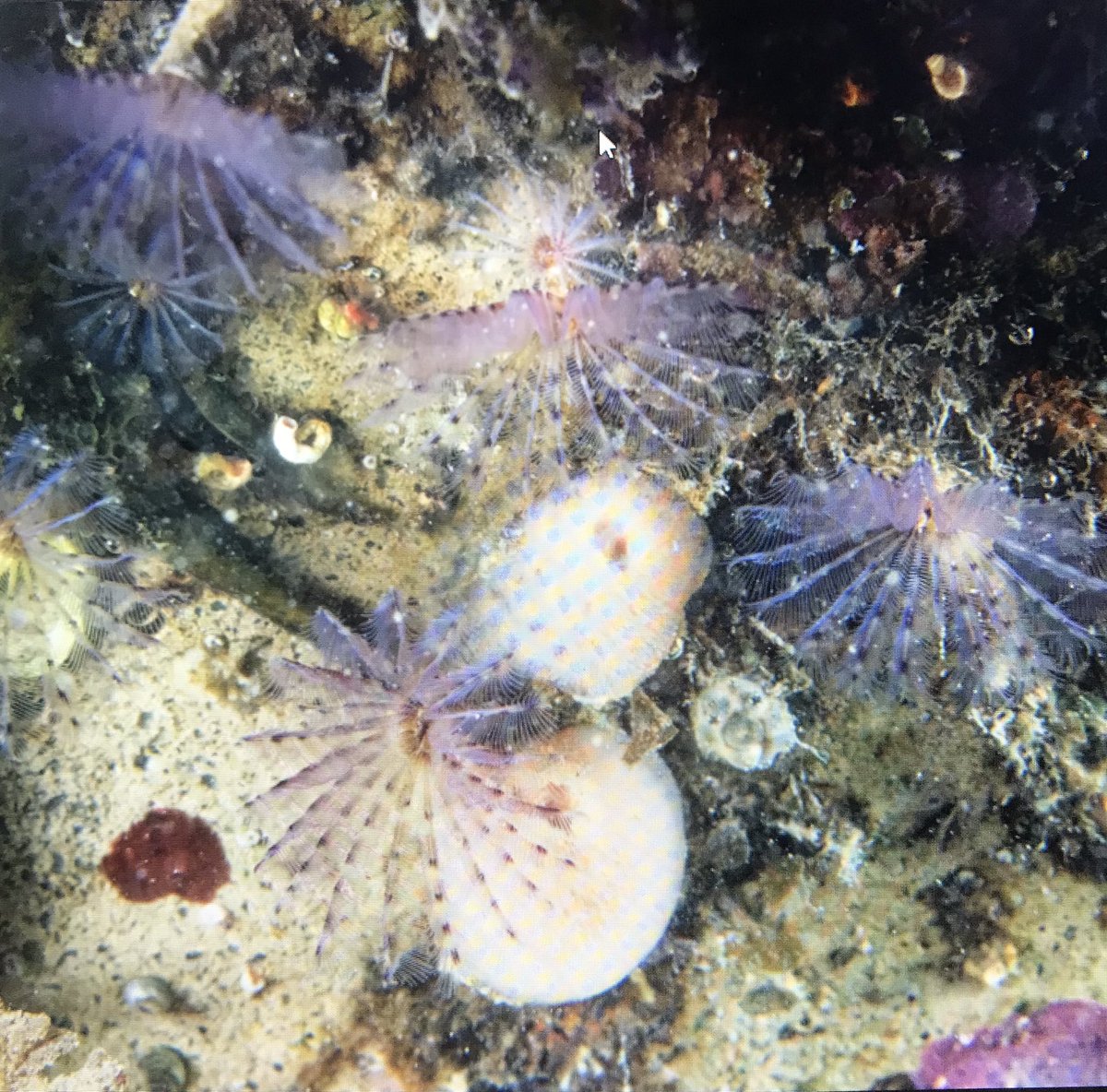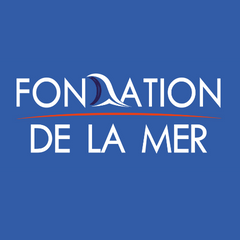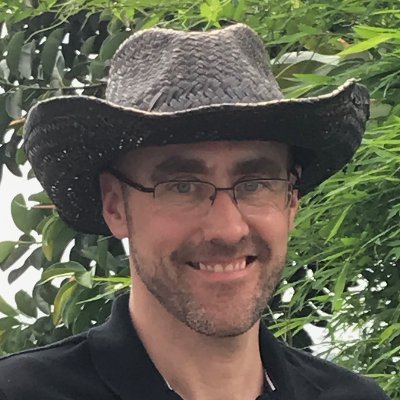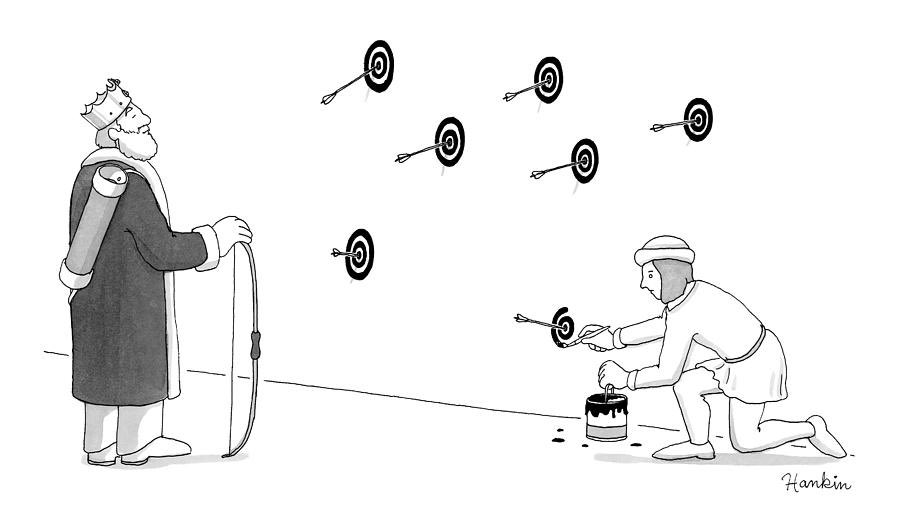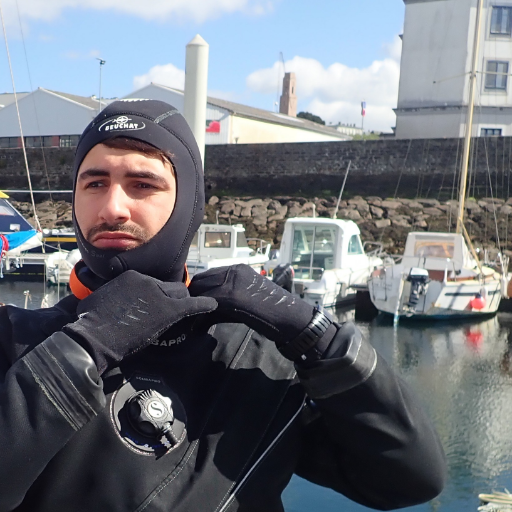
Robin Gauff
@RobinGauff
Followers
201
Following
357
Media
218
Statuses
672
Marine ecologist focusing on Climate Change, invasive species and Urbanization.
Joined December 2014
A key problem: in a competitive work environment, taxonomy does not bring enough to the table. Taxon. are highly specialized and thus publish in low IF journals which hurts career prospects. Young researchers thus privilege other more 'profitable' subjects like community ecology.
How #training and #education are crucial for #biodiversity protection. Read the article on . 👀 #taxonomy #BiodiversityMatters
0
1
2
I love needing to have an internet connection to charge (over the span of minutes) a PDF that is on my computer. #mendeley
0
0
1
RT @FrontMarineSci: New Research: Distribution of native and non-indigenous bivalves and their settlers along an urban gradient https://t.c….
frontiersin.org
Marine coastal habitats are often characterized by strong gradients of anthropogenic disturbance such as pollution, typically most severe at urban waterfront...
0
2
0
This effort was possible with the participation of @laura_airoldi @francesca_porri @UniPadova @nbfc_italy.
0
0
0
New Article⚠️Introduced species are common in the most disturbed parts of urban gradients. This might be because post settlement processes constrain them to those. This is suggested by a mismatch between adults and settlers abundances such introduced sp.
frontiersin.org
Marine coastal habitats are often characterized by strong gradients of anthropogenic disturbance such as pollution, typically most severe at urban waterfront...
1
1
6
RT @HemrajAshley: Marine heatwave experiments are important to understand mechanisms that drive organismal response. But they have to be….
aslopubs.onlinelibrary.wiley.com
Click on the article title to read more.
0
3
0
Last week with @laura_airoldi and @davide_deba we did an all-nighter diving to see how #seagrass is doing under artificial light at night #ALAN We measured photosynthetic activity (left) and oxygen production in benthic chambers (right) during this #fieldwork @ArtificialGLOW
0
0
7
We're just 3 short of cracking the ⚠️500⚠️ identified species. Amazing work from @GiadaRiva22 and Hassan! Just a little frustrated about the shyness of Bryos in this dataset.
Just because I don't tweet it doesn't mean that we do not continue working on the HERMES samples from this summer! Progress is steady :)
0
0
4
In this beautiful #fieldexperiment we try to shed light on how Artificial Light At Night ( #ALAN ) impacts nocturnal predation on intertidal communities and impacts #seagrass epiphyte productivity! @laura_airoldi @DiBio_UniPD @ArtificialGLOW
0
4
9
Combining electric work with underwater activities is not very common for #fieldwork , but a great way to start off the season with a #ALAN experiment on #seagrass !
0
0
1
In this paper we record Bispira polyomma for the first time in France. Watch out for this species, we think it will be one of the new high impact NIS in europe! #invasivespecies.
🚨new BIR paper 🚨 Gabin & co. found a 🥇country record, 2️⃣ secondary spreads & 1️⃣ range expansion in 🇫🇷 by identifying these 4️⃣ handsome creatures. Introduction vectors 🦪 🛳 ⛵️ , value of citizen science & taxonomy 🔬discussed!.
0
0
1
RT @amelia_curd: 🚨new BIR paper 🚨 Gabin & co. found a 🥇country record, 2️⃣ secondary spreads & 1️⃣ range expansion in 🇫🇷 by identifying the….
0
2
0
Great subject and great lab!.
📢 Post-doc position (18 mos) come work with Mathieu Chevalier, @Fred__Viard, myself and our superb colleagues @Ifremer_fr Lebco on a trait-based approach to assess NIS invasiveness! Please apply or share
0
0
0
Feeling honored to have received the PhD publication price of the .@FondationMer and @InstitutOcean for our recent STOTEN publication ! I wish to thank my collaborators like .@SGreff and @Melvak_ for this amazing team effort.
🔬Le prix de la publication scientifique de thèse de la @FondationMer-@InstitutOcean a été remis à @drago_laetitia et @RobinGauff le 13 décembre en présence de Christophe Prazuck, Pascale Joannot, présidente du Conseil scientifique de la @FondationMer et François Lallier.
1
1
7

